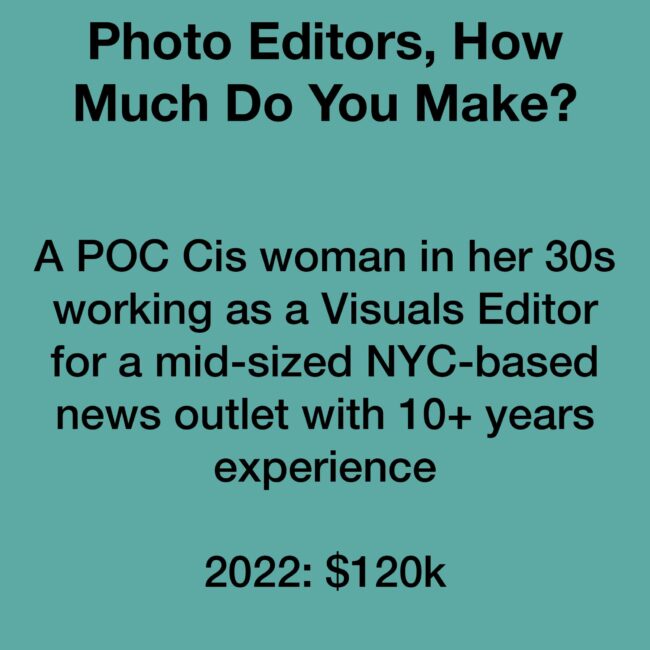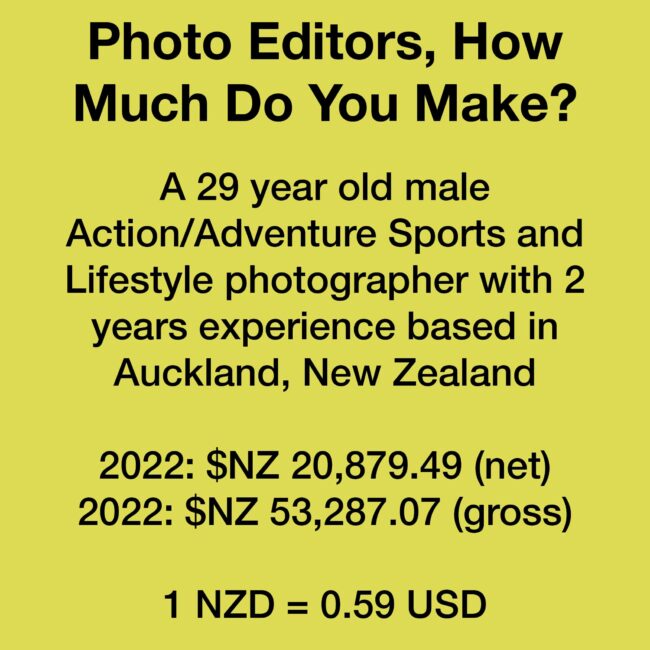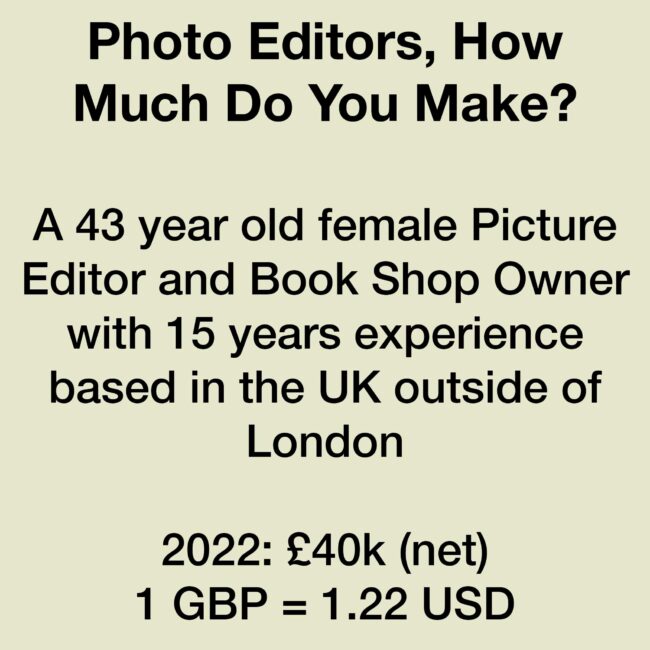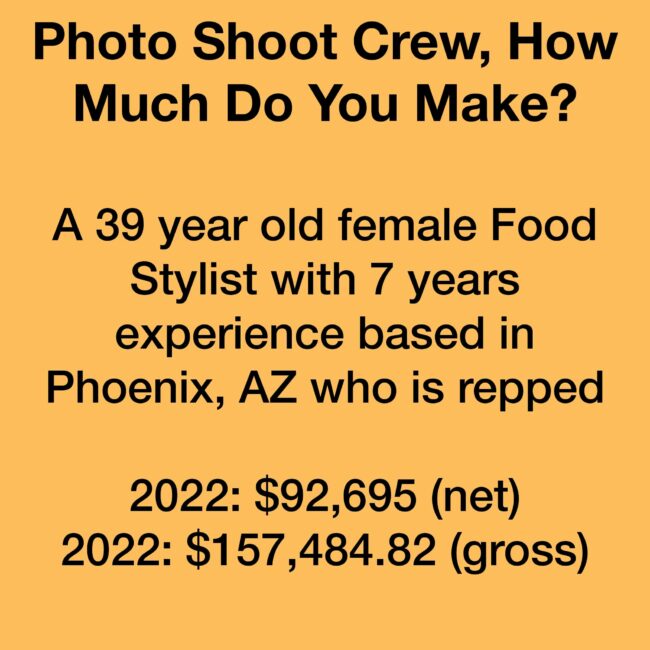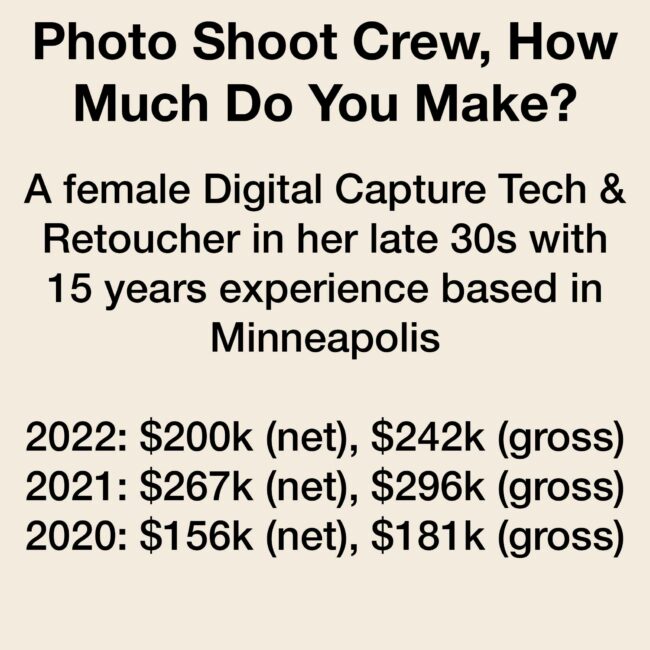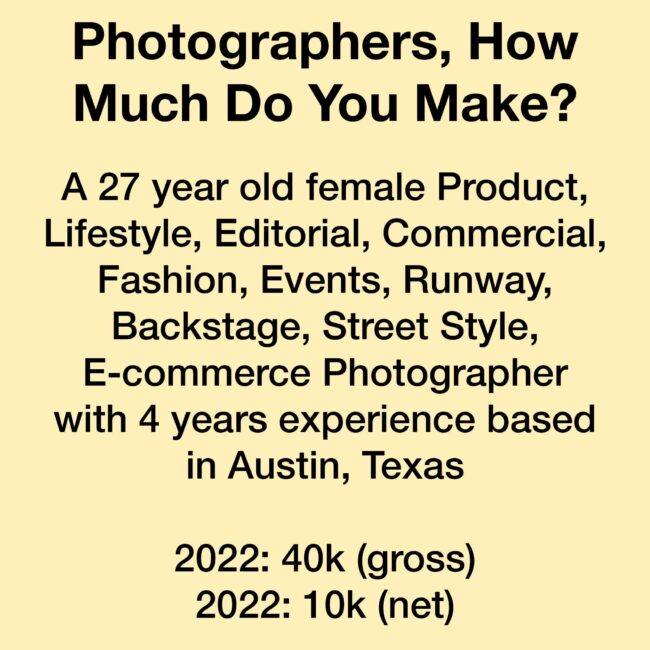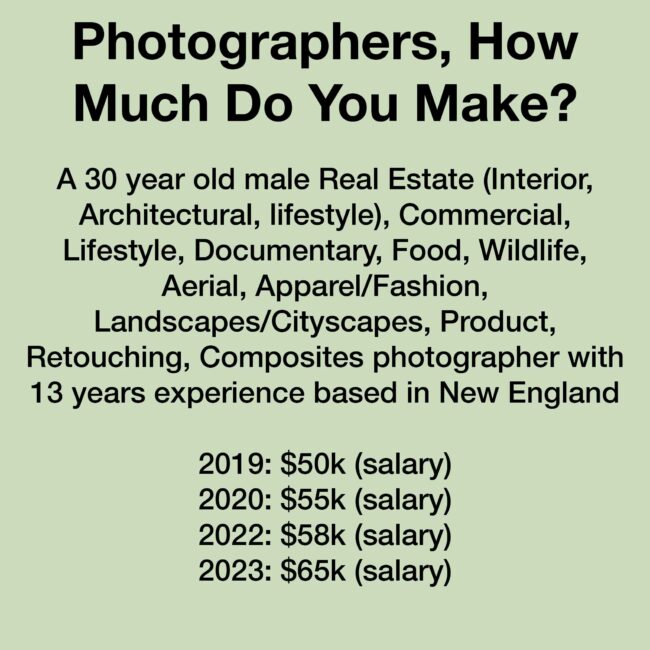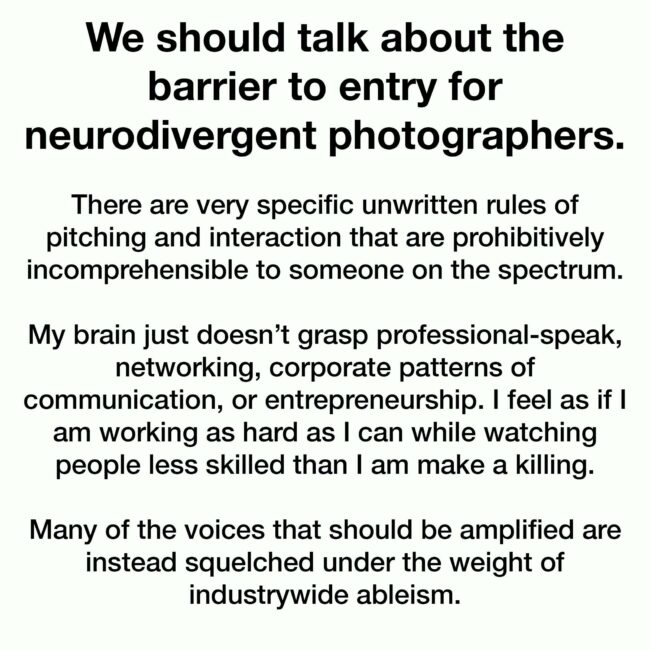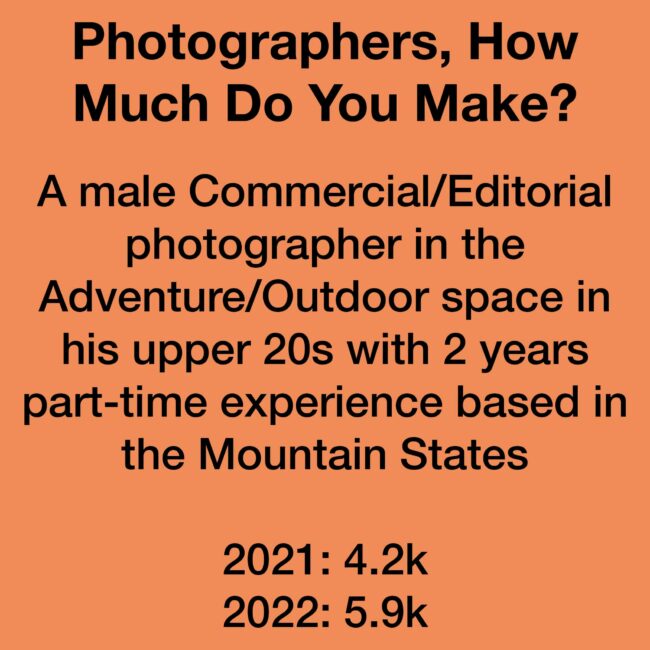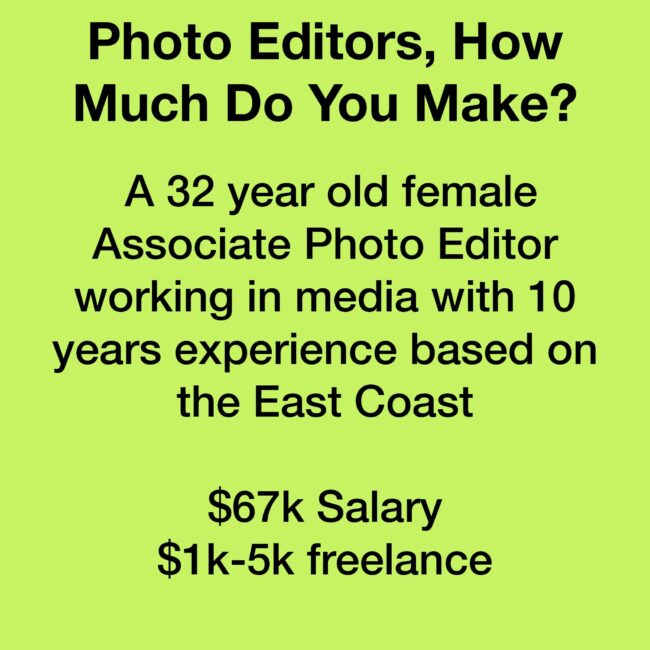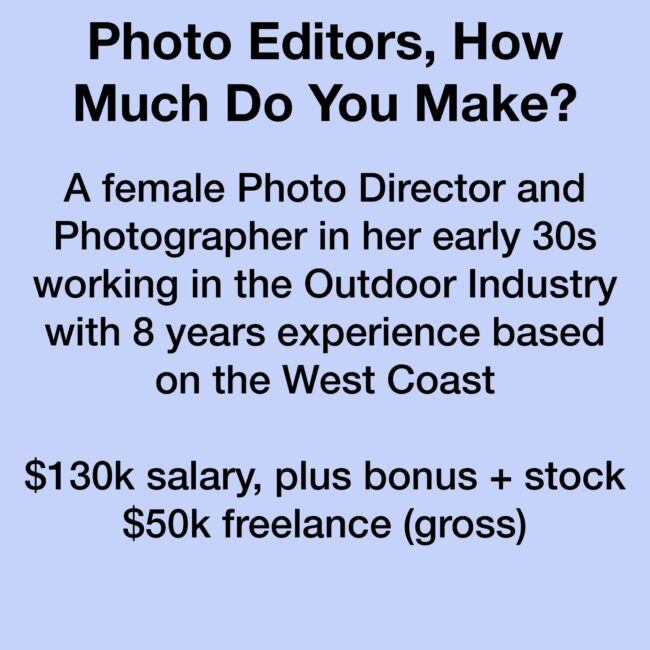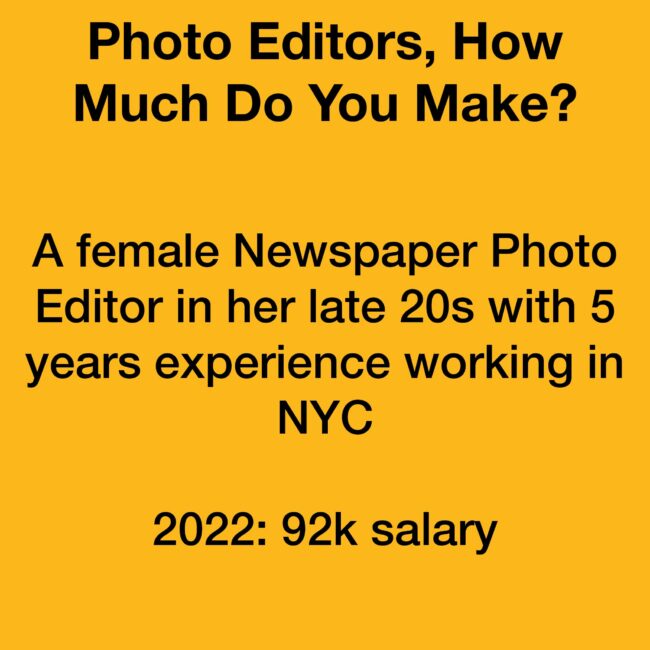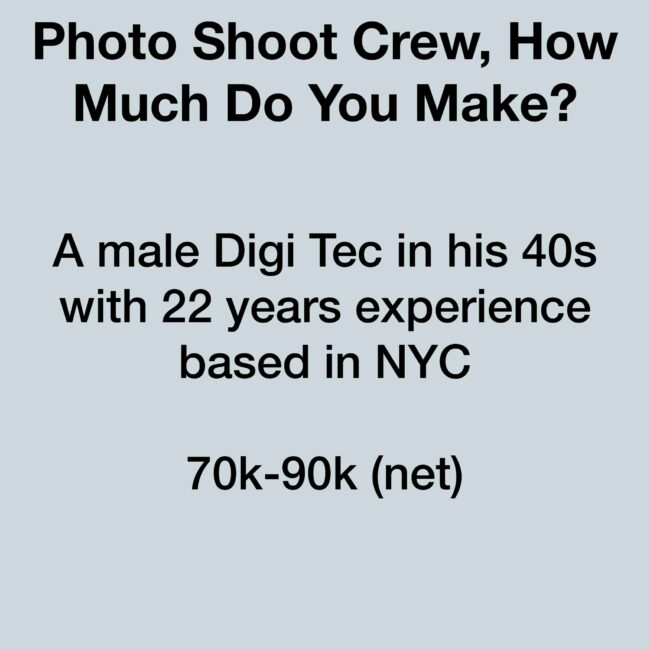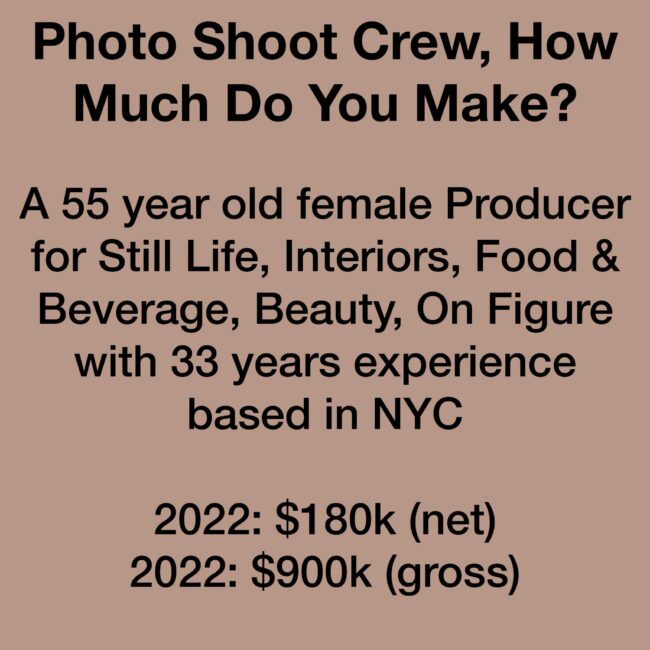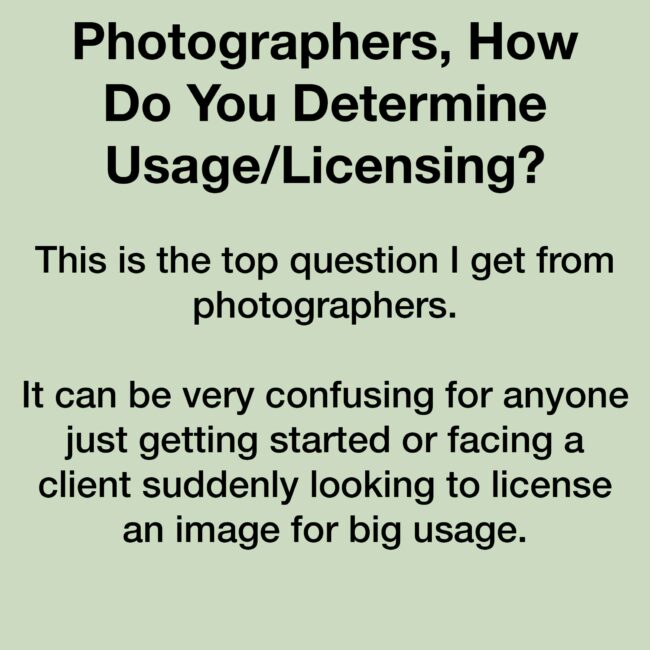I work at a mid-sized NYC-based news outlet with a national distributed staff. Most of us work remotely.
My company offers 100% match on our retirement fund up to 5% of your base salary and the money vests immediately so it’s yours, even if you leave the company. I also have about $30k in a Roth IRA from my freelance days. Getting a retirement account with a company contribution was a big factor in me taking a staff job. I didn’t see a way to save enough for retirement as a freelancer.
I work about 315 days a year. We get 6 weeks of PTO (including sick days) + company holidays. It’s very difficult to take time off without falling behind on work but my manager and company try really hard to encourage everyone to use all their PTO.
I’ve aggressively negotiated to raise my salary more than 20% over the past few years at my current company. I love to see colleagues at other outlets being paid more than me because it gives me a data point to bring back to my managers to ask for more. Rising tides lift all boats. My income was no where close to what it is now when I was a freelancer living off maxed out credit cards and taking out loans to cover basic living expenses.
I still do a little freelancing on the side that brings in $5-30k/year depending on the year.
We pay photographers $500/day + $250/day for travel + meals and expenses. If days are longer than 8 hours, we will pay extra. We’ve paid as much as a triple day rate for a super long day. I try really hard to be humane to our people by proactively communicating what I can do (like booking their travel expenses on my corporate credit card if the expenses are a burden) and reminding people to invoice as soon as they file (we don’t require people wait for stories to publish before they invoice).
Photo editing is a really gratifying job if you love it, but it’s very different from being a photographer. I think a lot of photographers consider photo editing to be just a plan b photo job but if you got into photo because you want to be outside in the world, ask yourself if you’d really be happy with a corporate desk job being stuck behind a computer and in meetings all day. There’s a LOT of office politics to navigate and the work is really difficult. You have to look at a very high volume of really distressing content and there’s a lot of pressure being responsible for the wellbeing and safety of the freelancers you hire. But if you love telling stories in pictures and love supporting photographers and coaching people to create something special it might be a really good job for you.
Whether you decide it’s the right fit for you or not, be generous because everything in this industry is about relationships. The more you’re willing to give of yourself to others, the more others will want to return the favor when you are in need. For photo editing specifically, good relationships will get you in the door but you also need good relationships to be effective in the job. So much of setting photographers up for success comes down to photo editors having good personal relationships with reporters and word editors and colleagues across the newsroom so we can get the information and resources you need (soon enough) to do your best work.
Best Advice: The best professional opportunities of my career have been totally unexpected but they came about because I was headed in a particular direction. Work hard in the direction that feels right to you but be open to pivoting when something unexpectedly wonderful comes up along the way.
I also heard Bill Cramer say at an NPPA conference years ago that you are not entitled to make a living doing what you love. It’s so true. If you’re able to making a living doing what you love you need to consider yourself immensely privileged (as I do). My immigrant ancestors didn’t have that luxury and most workers in America don’t either. I think photography (news photography especially) is very important to society but passion is not enough for success if the market conditions are not right. I don’t know any photojournalists anymore who make a living 100% from editorial. So you have to take a cold hard look at yourself and your situation and if it’s not working, something needs to change. I see a lot of very miserable (mostly older white male) photographers who lament that the industry isn’t what it once was, walking around with a chip on their shoulders as though in a ruthless capitalist industry, they should be entitled to more than they currently have. The photographers I see who are happiest are the ones who have embraced learning new skills and reinventing themselves, subsidizing their editorial work with other sources of income. I don’t think it’s a coincidence that these tend to be people whose identities were excluded in the “good old days”.
Worst: I was raised to believe that working hard and following your passion is enough and that it’s crass to pursue money. That’s not true. I got into a lot of debt working very hard for many years doing work I was very passionate about without valuing money sufficiently. I wish I had learned earlier in my career that money buys you choices. Not making or having enough money can trap you in bad, sometimes dangerous, relationships and work situations. The easiest way to save enough for retirement without being a super high earner is to leverage compound interest by starting to save and invest a little bit of money as early as you possibly can. If you’re in your 20s, start now. Max out your Roth IRA if you can. And invest as much as you can so your money can start earning interest, and your interest can earn interest.
I prefer photographers reach out to me by email or in person at conferences or gatherings but I also know it’s hard out there and I don’t think it’s fair or reasonable for editors to expect photographers to cater to each of our individual communication preferences. However you reach out, please remember that I am a human and be kind. It feels gross to be approached in a transactional or extractive way. I really encourage you to find ways to connect with editors beyond “I’m a photographer and I want you to hire me”. I like to get to know photographers as people because a lot of my hiring decisions are about more than just what your pictures look like. I’m looking to know what you are passionate about and how you would handle different situations. And I’m always looking for people I can trust to be kind and sensitive to the people I send you out to photograph so I need to see that energy from you in our interactions as well.
I find photographer anywhere and everywhere. Women photograph, diversify photo, indigenous photograph, instagram, other publications, portfolio reviews, word of mouth, at conferences and festivals.
Working in photo and journalism can brainwash us into a scarcity mindset but there are a lot of flourishing industries with higher pay, more job security, and more room for growth. If you absolutely love what you do and are finding a way to make it work, that’s a beautiful thing. But if you’re not, know that you’re not a failure. You’re a victim of a collapsing industry. And there’s no shame in closing the door on one chapter and moving onto another chapter of your career. There are many ways besides photo or journalism to contribute meaningfully to this world.
